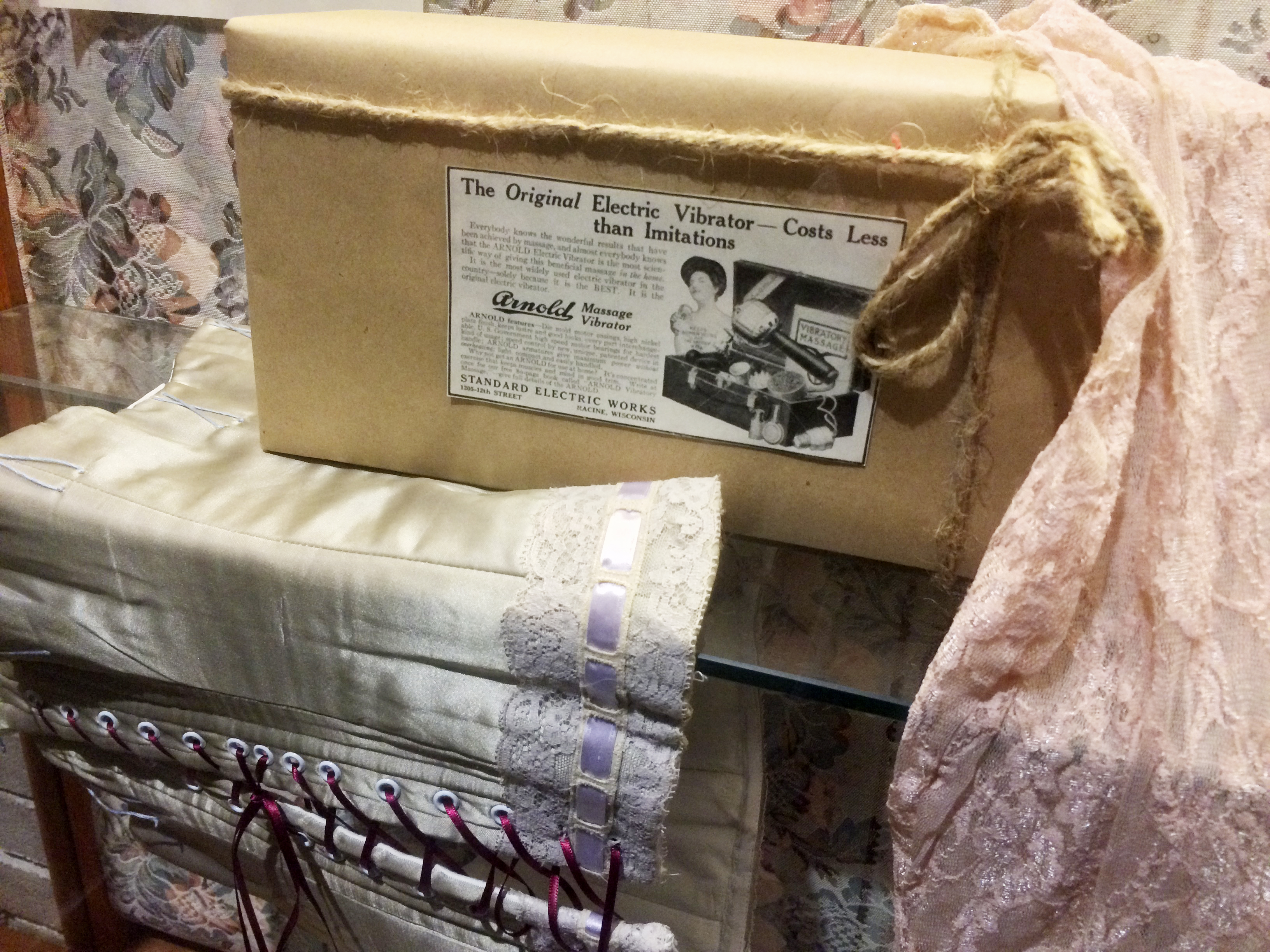Sarah Ruhl’s In the Next Room, or The Vibrator Play, presented by the Department of English Studies Association (DESA), is a comedic foray into the invention of the vibrator and the seductive effects borne from its use.
Doctor Givings (Anurag “Anni” Choudhury), a medical practitioner obsessed with the development of electricity and its many uses, has invented a device to cure that misogynystic, pesky feminine malady — “hysteria.” Much to his nosy wife Catherine’s (Sophia Metcalf) chagrin, Givings invites female patients into the “next room,” where he stimulates them to orgasm with a comically large device reminiscent of a sci-fi ray gun about the size of a femur. Sabrina Daldry (Clara Nizard) is one such afflicted woman, suffering from sensitivities to light, cold, and other ‘feminine ailings.’
Although the cast’s acting at times strayed toward being superfluously dramatic, the flow of dialogue and physical movement was diligently rehearsed, making the interactions with the set (two rooms divided by a thin wall) pleasingly complicated. Characters set up moments of sexual tension and of great dramatic irony simply by streamlining their movements on set between the two rooms. Comedic moments occurred mostly due to the brilliance of the writing, but the stage direction by director Myrna Wyatt Selkirk particularly highlighted the pun-centred wordplay and the parallelism present within the text as characters moved within each room in synchrony.
After all, sexual politics tend to relax a little when there is a three-foot dildo in the next room.
Particular praise is owed to the collaboration between costume designer Catherine Bradley and Wyatt Selkirk; attention to Victorian-era undergarment detailing and corresponding stage direction marries the constant layering of innuendos and petticoats.
Themes of sex, innovation, desire, lesbianism, and motherhood are dealt with a sometimes slightly heavy hand, as they develop strong and early. From the first scene, themes of technology (shown in a soliloquy on candlelight) and matriarchal desperation (heard in a whispered prayer to a hungry child) shoot out the gate, leaving little room to develop delicately.
Throughout the show, interactions between Mr. and Mrs. Givings are deliberately mismatched in emotional intimacy, leaving room for the growth of the latter’s sexual appetite to motivate her actions, perhaps too eagerly.
The sexism inherent in heteronormative Victorian sexual morals is dealt with deftly by the crew, as dialogue surrounding the assumed lack of sexuality of all women draws laughs and not scorn. After all, sexual politics tend to relax a little when there is a three-foot dildo in the next room. Nonetheless, misogyny is undercut, and therefore critiqued, by presenting the women as the primary agents of sexual discovery in contrast to backwards male hegemonic thought.
Irrespective of their forced introductions, the thematic vibrations throughout the play are heard as clearly as the ecstasy in Sabrina Daldry’s moans. In the Next Room is sure to be a delightful romp.

